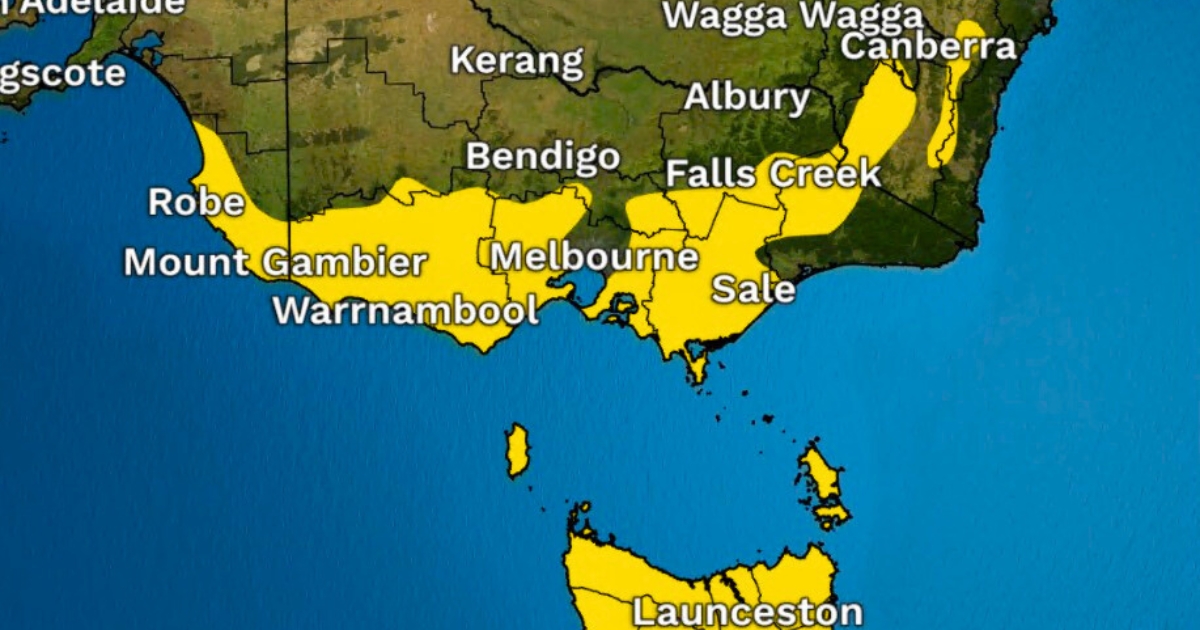Definition change to support lamb exports

From July 1, lamb will continue to be called lamb even if the animal has permanent incisor teeth, so long as those teeth have not begun to wear.
THE much-awaited change to the definition of lamb will now be officially changed in export legislation, which will take effect on July 1 2019.
The change will make a great difference to farmers who export Australian lamb as they will be able to sell more lamb with the new definition of lamb now matching Australia’s competitors.
Minister for Agriculture David Littleproud said this important change meant farmers could now sell sheep as lamb after teeth had popped through.
“Lamb will continue to be called lamb even if the animal has permanent incisor teeth, so long as those teeth have not begun to wear,” Minister Littleproud said.
“This brings us into line with the definition in New Zealand and it makes sense to have the same definition as our competitors, why would we hand the Kiwis an unfair advantage?
“This is a simple, common sense change which will help our farmers.
“In Australia, lamb had previously been considered to have grown into the less lucrative hogget or mutton as soon as incisor teeth were visible.
“The new export definition is now in the Export Control (Meat and Meat Products) Orders 2005 and matches New Zealand’s and our own new AUS-MEAT definition.
“It also brings clarity to the definition as growers will now clearly see when a lamb becomes a sheep, when there is visible wear on the incisors.”
Research by Meat and Livestock Australia found no discernible difference in eating quality between lambs immediately prior to incisor teeth and immediately afterwards.
Lamb and mutton exports were worth more than $2.6 billion to the Australian economy in 2016–17, with lamb alone worth more than $1.9 billion.


















